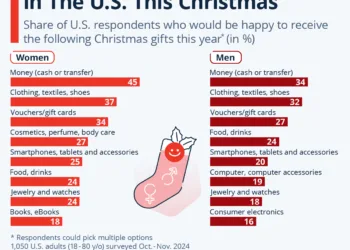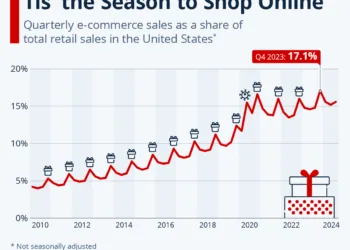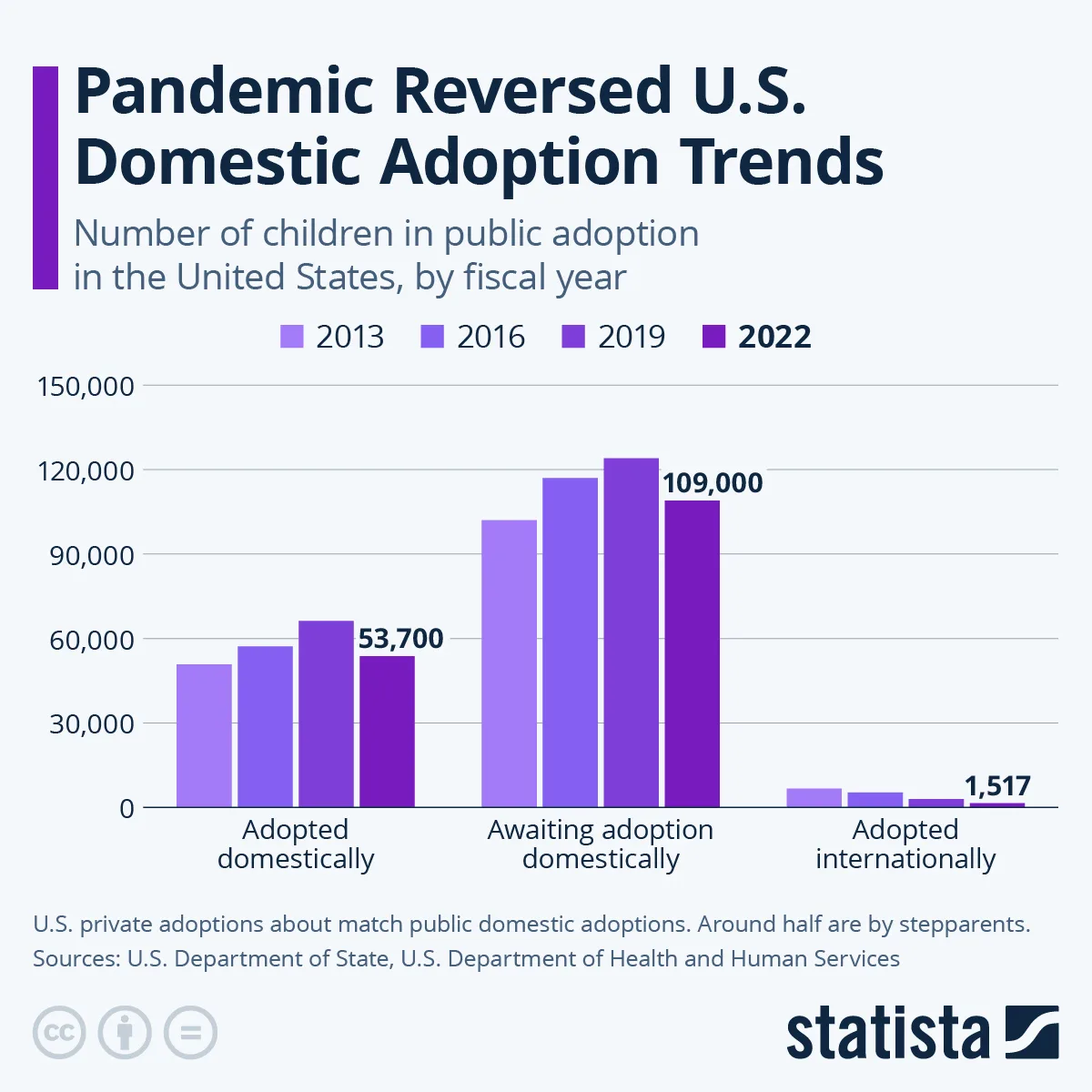Pennsylvania, Michigan, Wisconsin, Georgia, Nevada, Arizona, North Carolina.
In a seemingly endless cycle of tension, media narratives surrounding the U.S. presidential election between former President Donald Trump and Vice President Kamala Harris relentlessly highlight these seven key states.
The outcome will likely hinge on these states—maybe just a handful or even a single one.
Depending on how you view the electoral landscape, the mantra might be Pennsylvania, Pennsylvania, Pennsylvania. Or it could be Wisconsin, Wisconsin, Wisconsin? Or perhaps Georgia, Georgia, Georgia.
Some analysts argue that to secure a victory, Harris must maintain the “blue wall” formed by Pennsylvania, Michigan, and Wisconsin—three largely white states with a significant number of working-class voters. The Democrats faced a setback in 2016 when Trump managed to fracture this wall, narrowly winning all three states.
In 2020, Joe Biden, the Democratic candidate, successfully rebuilt the wall by winning in these states. (Biden actually won six of the seven contested states in 2020, with North Carolina being the only exception.)
This election cycle, Harris must work to defend this wall, while Trump’s campaign aims to dismantle it once more.
However, there may be potential vulnerabilities in the “blue wall.” If Harris can maintain her footing in Pennsylvania, there exists a pathway to victory for Democrats across the remaining battleground states.
The Trump campaign is optimistic about replicating its 2016 success, focusing on winning back the crucial rust-belt state of Michigan.
A Major Spotlight on ‘Swing Voters’
The importance of these seven states means they receive intense scrutiny from both campaigns and the media. Trump and Harris, along with their running mates, have repeatedly visited Pennsylvania and Michigan, while residents are inundated with nonstop TV ads.
The electoral fates of other states seem relatively sealed, leaning firmly toward one party or another.
Trump has little chance of winning reliably Democratic states like New York or California. Conversely, Harris cannot expect to win solidly Republican states such as Wyoming or Tennessee.
In the U.S. electoral system, presidential elections are not determined by a national popular vote but rather by the Electoral College, a system that has its roots in the era of slavery (in conjunction with widespread voter suppression). This results in large segments of the electorate effectively being disenfranchised.
In the contested states, the polling margins are extremely close, echoing trends seen in many elections in this century.
In 2020, for instance, Biden won the popular vote by roughly a four-point margin—about seven million votes. However, when it came to the Electoral College, which ultimately determines the victor, Biden prevailed by a mere around 45,000 votes: 10,457 in Arizona, 11,779 in Georgia, and 20,682 in Wisconsin.
While polls are just one measure—and their accuracy can vary—they indicate that the outcomes in the seven battleground states in 2024 could be just as tightly contested.
This is why both Harris and Trump have dedicated considerable time to these states, and why their campaigns—and the media—are fixated on mobilizing as many voters as possible.
The electoral structure also results in a disproportionate focus on certain groups of voters—particularly “swing voters.”
Both campaigns are targeting individuals who might have voted for Trump in 2016 and then switched to Biden four years later. They are trying to engage “shy” Republicans or Democrats—voters who have a general inclination toward one party but may not openly express their choices for various reasons, often related to the specific candidates.
Given the significant role of the “blue wall” in both electoral politics and the broader American narrative, there tends to be an disproportionate emphasis (often unconsciously) on white swing voters.
Justin Merriman/EPA
Pursuing the Swing Voters
These voters could indeed prove to be the pivotal factor.
However, in U.S. politics, outcomes are rarely determined by a single aspect.
In a system without mandatory voting, where a small number of voters in a handful of states can sway the results, boosting voter turnout becomes vital. This election season, higher turnout could be crucial.
This brings up an underlying tension in both campaigns.
Among Trump’s supporters, there’s persistent pressure (and unsolicited advice) for him to “moderate” his positions on certain issues to win over “shy” or swing voters.
This has been particularly true regarding reproductive rights, leading to mixed messages from Trump. He takes full credit for the overturning of Roe v. Wade while simultaneously asserting he does not support extreme right-wing stances on abortion bans.
Trump’s selection of JD Vance as his vice-presidential pick indicates a diverging strategy—one that focuses less on swing voters and more on energizing and expanding their core demographic of white men. This approach is visible in much of Trump’s communication strategy and his frequent appearances on right-wing podcasts.
However, this strategy is occasionally counterbalanced, often intentionally, by high-profile supporters, including his wife.
On the flip side, the Harris campaign appears to be striving for a more balanced approach. Harris is engaging swing voters by appearing on Fox News and sharing a platform with former Representative and vocal Trump adversary Liz Cheney. Additionally, she joined 100 Republicans at an event in Pennsylvania recently.

Jim Lo Scalzo/EPA
Meanwhile, the Harris campaign is also focusing on energizing key demographics that tend to support Democrats. Harris aims to engage young women in the South by appearing on popular podcasts like Call Her Daddy, as well as reaching out to Black men through platforms like Charlamagne tha God’s podcast, where she recently participated in a live event in Detroit.
Does the Strategy Work?
The central question for both campaigns is whether one of these strategies undermines the other.
Could the alliance between Democrats and the deeply conservative Cheney family on foreign policy lead to decreased turnout in politically charged states like Michigan, where anger about Democratic support for Israel could become a critical issue?
Conversely, might Harris’ tougher stance on immigration dissuade enthusiasm among Black and Latino voters?
Similarly, could the Republican Party’s views on reproductive rights, and the fallout from the overturning of Roe v. Wade, continue to alienate women voters for Trump, potentially without offsetting gains among men?
The response remains unclear. And if polling predictions prove accurate, a decisive outcome may not be known until long after election day.
Until then, the mantra echoes:
Pennsylvania, Michigan, Wisconsin, Georgia, Nevada, Arizona, North Carolina.









